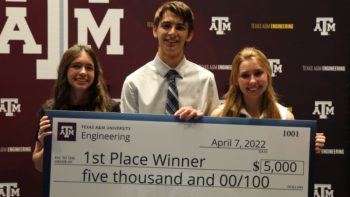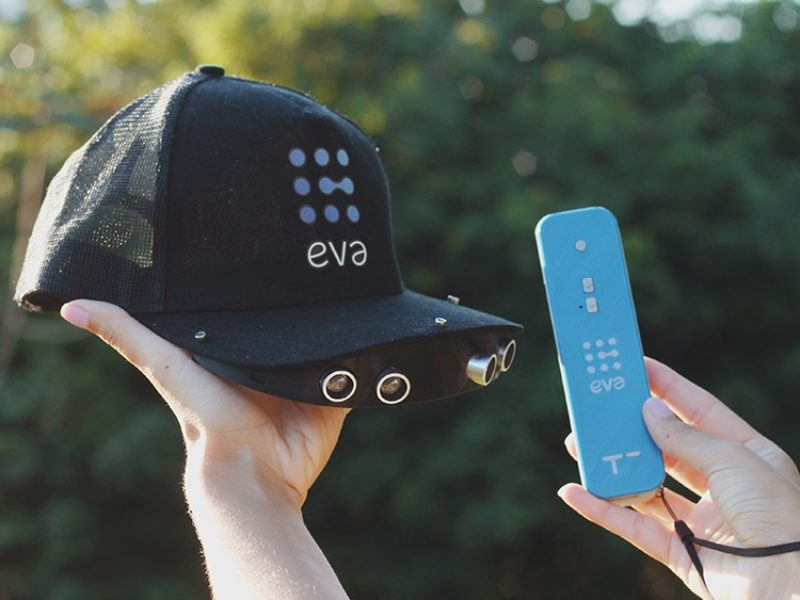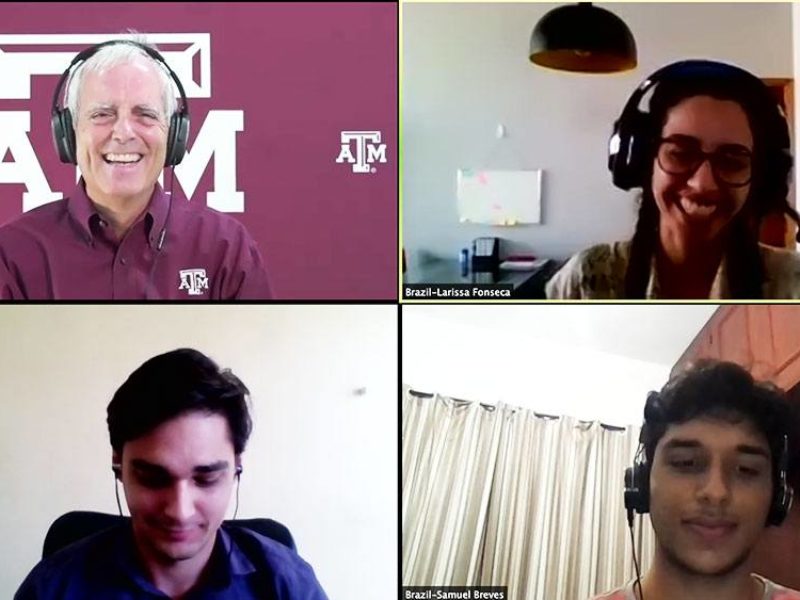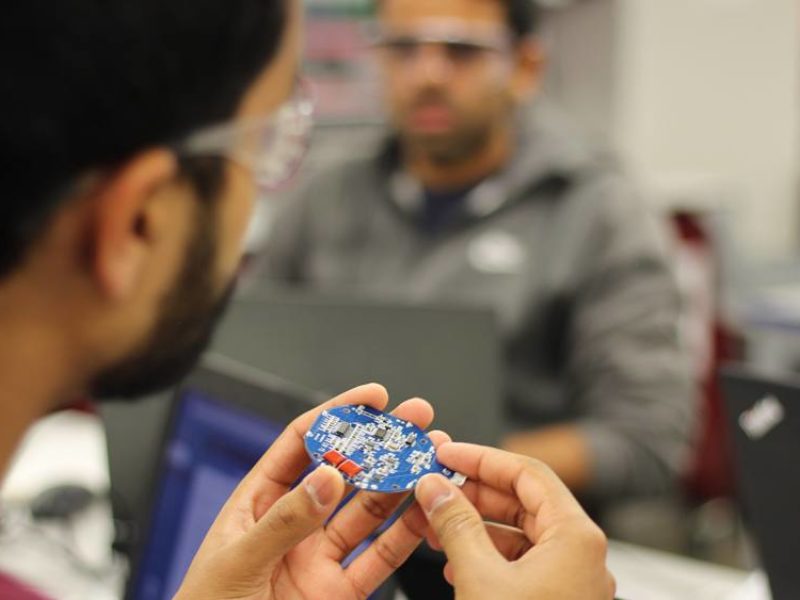Texas A&M Triumphs In Final Round Of Invent For The Planet

Invent for the Planet (IFTP), the annual global design competition hosted by Texas A&M University, recently returned for the fourth year. Seven teams representing five countries came together to present their final pitches to industry judges during the finals.
Teams from Greece, Thailand, Qatar and Brazil competed alongside those from the U.S. for the grand prize of $5,000. Each of the seven finalist teams reported their plans to continue their work beyond this prototype competition.
“The impact of this, we don’t know yet,” said Rodney Boehm, director of Engineering Entrepreneurship and the mind behind Invent for the Planet. “We’re planting seeds; we’re planting the opportunity for them to go out and design things. We’re planting the opportunity for us and for them to change the world in significant ways that we can’t even begin to imagine.”
Ultimately, the team from Texas A&M was awarded first place for their innovation, Aquabox, which digitalizes the process of monitoring aquaculture by using sensors that provide real-time feedback on the health of a farm. The three-person team was made up of two freshmen and one sophomore.
“Really, the fact that some of us are freshmen never really played a role because we each have our own specialties and certain skill sets that are really vital for the products,” said engineering freshman Rachel Sims. “If anything, it seems that we’re more open to different ideas because we might not have as much knowledge on the topic beforehand, but we are willing to put in all the effort to figure it out. We know that once we know exactly what we want to do, we have the skill set to be able to do it.”
Second and third place went to New Mexico State University (NMSU) and Texas A&M University-Corpus Christi, respectively. The team from NMSU created small-scale, renewable energy sources in the form of an interactive art installation — EcoArt. Kelly, the team’s cactus-shaped, functioning prototype, was designed to take hits, hugs or tugs to conduct electricity and store it within a battery bank for later use.
“Kelly’s job is to utilize a triboelectric effect to create energy and store it,” said Veronica Gurrola, NMSU student. “We really wanted to use an art design to be able to make it fun for users. We chose interactive art because it is one of the easiest ways to show off how something is made, and it makes it a lot simpler for people to understand. What we really want to do is educate people on this triboelectric effect, which is basically creating static friction and turning that into energy.”
Winning wasn’t everything, especially to this team. Their biggest takeaway, besides the check for second place, was getting to meet and bond with the other teams, particularly the international students.
“We wanted to come and meet so many new people from all around the world, which was an awesome experience,” Gurrola said. “To be around people who kind of think the same way as you, and especially people who speak different languages and come from different backgrounds — to all be able to communicate and just have this common goal of helping the planet, it just makes you feel like you are helping the world in a much bigger way than you could ever imagine.”
Third-place winners from A&M-Corpus Christi took on the challenge of making the world a little more accessible for the vision-impaired in third-world countries by using ultrasonic sensors to detect the proximity of objects. The team’s innovation, Hero 1.0, is an automated robot that uses line tracking to guide children along preset paths to get to specific locations. It has a proximity sensor that tracks objects four feet in front of it and a pole for children to grasp as they are being guided.
For non-engineering student participants like doctoral student Aurelia O’Neil, IFTP might be the first design challenge they participate in. Through this opportunity to see innovation in action, working with engineers from A&M-Corpus Christi, O’Neil was able to apply her observations and background in instructional design and education technologies to their winning product.
“As I got the opportunity to work with this amazing team of engineers, I discussed with them what I go through as a teacher and see in the school for our students that are visually impaired and blind,” O’Neil said. “In our elementary schools right now, as students are learning assistive technology, they have two options: they can either use a K-9 or a cane.”
As an educator, O’Neil has observed blind students experience isolation due to their reliance on a guide dog. O’Neil also has to intervene when excited peers want to pet the animals, which can create an engagement barrier with that student.
The ultimate goal of IFTP has always been to remove barriers, either for international collaborations or access to resources, so the extent of the innovative capacity is only limited by students’ imaginations and capabilities. Participants often choose the challenge they’ll tackle based on personal experiences or interests. For A&M-Corpus Christi, this was the case.
“Now, we are fostering inclusion and relationships,” O’Neil said. “I just want to be able to tell the parents of my students who are visually impaired that their child made a friend, or that they smiled today. It means so much to me that we can make that impact.”
Although the event resulted in awards for first, second and third place, Boehm was impressed with all the team presentations and prototypes.
“One of the things that I hate about IFTP is that we have to choose winners,” Boehm said. “While we chose the top three teams — and congratulations to the top three global winners, because they really did a tremendous job — there were four other teams that did just as well. We wish we could have awarded all of them first prizes, and in our hearts all of them took home first prize.”
IFTP was sponsored by Chevron and RS Components – DesignSpark, as well as the Texas A&M College of Engineering.
This article by Kristina Ballard originally appeared on the College of Engineering website.





